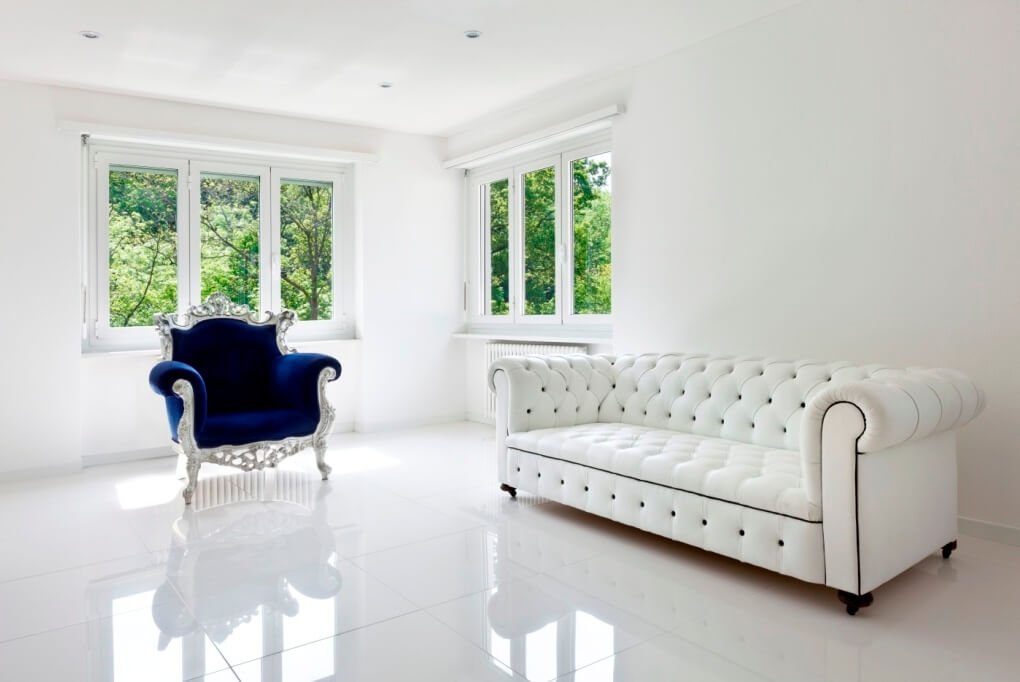Nowadays, vitrified tiles are very popular everywhere including residences also. They are evolved version of ceramic tile. They are ideal for creating an attractive appearance in different areas of your home, whether on alls or on floors as well as in public buildings also.

Vitrified tile is one type of ceramic tile with low porosity. The term “Vitrified” means to convert into glass like substance by exposure of heat. The tiles are made using the process of Vitrification. Vitrified tile is composed of mixture containing clay, silica, feldspar and quartz, unlike only clay in ceramic tile. When the mixture is baked at high temperature, the elements of mixture gets fused together and glass type product is produced which is called vitrified tile.
Vitrified Tiles: Applications and Properties
Vitrified tiles can be used as both floors tiles and walls tiles. Due to its pleasing appearance and large size, it is popularly used in interior as well as exterior. For outside, however, water is a very important factor in cold climates, since only a small amount of moisture can freeze in winter and can crack the ceramic tile. So the vitrified floor tiles are most suitable for outdoor uses because it has very low porosity, so the water absorption is low. It gives best durability in wet areas like bathrooms, parking area, etc. Vitrified floor tiles are used in homes, corporate places, banks, etc. as it has shiny surface and are more durable.
These tiles are available in different variety of designs, colours, patterns and sizes. Vitrified tiles usually have the same colour pattern throughout as is on the surface, their surface is glossy. It can be manually polished for shiny look. Generally the size of the vitrified tiles is greater than 2ft×2ft (600mm×600mm) and the thickness of tiles vary from 10mm to12mm.
The maintenance of vitrified tiles are easy because of shiny surface. It is easy to clean. Due to the effect the sunlight, the colour of the tiles does not fade. So do not need to be replaced frequently.
Vitrified tiles have superior properties than other tiles. They have different physical properties and advantages like they are resistant to scratches and discolouration, resistance to acids, alkalis and chemicals and possess much better mechanical strength. They have a very low porosity which makes them stain resistant and very strong.
The price of the vitrified tiles can be Rs. 50-500/sq.ft. and it will vary depending upon the size of tiles.



